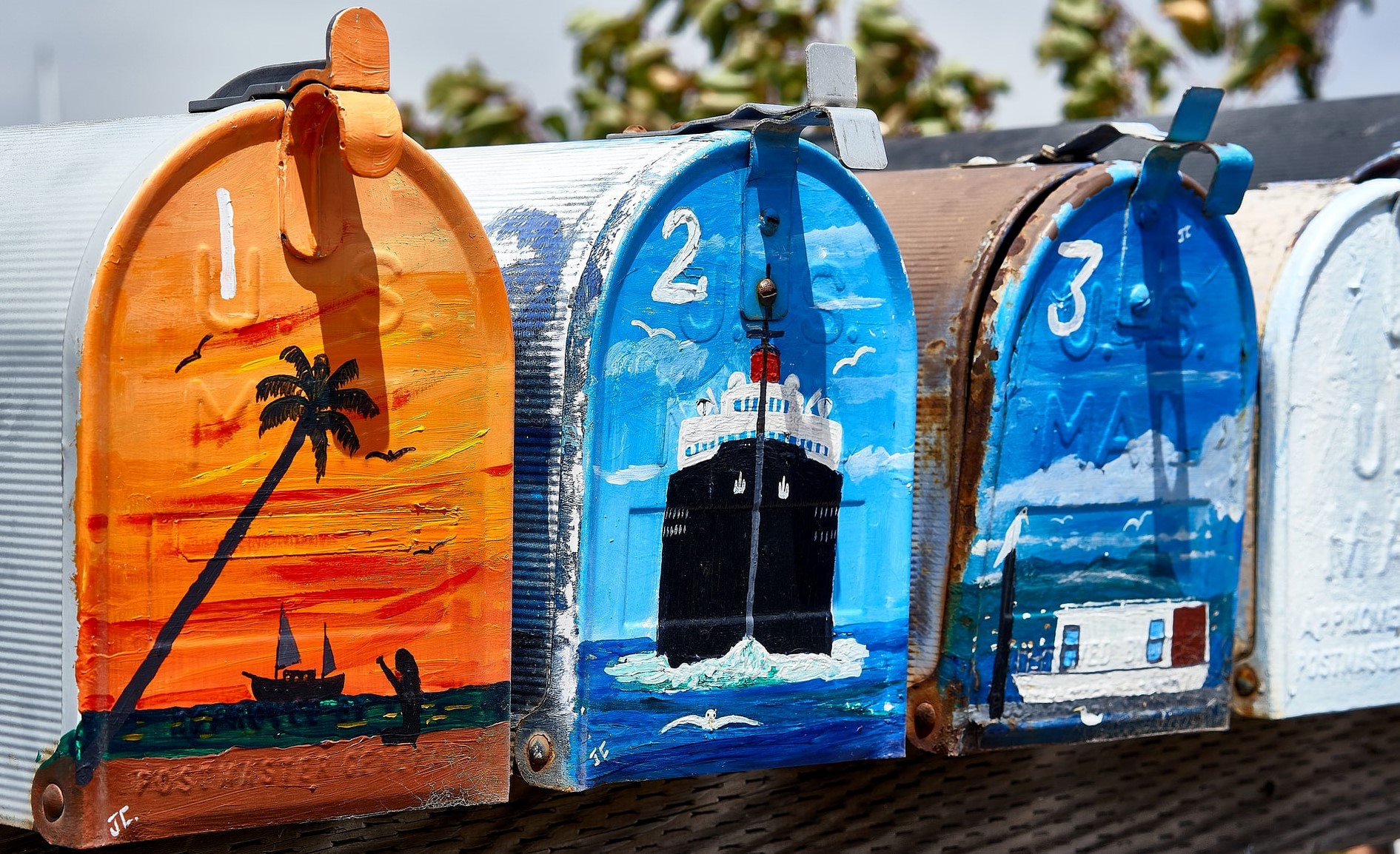A musical version of a song known or unknown, what we know as the English word cover is one of the common ways for unknown artists to show the world their natural talent and artistry. But, in addition, this procedure by which one song becomes another without ceasing to be the original, can be approached from different angles.
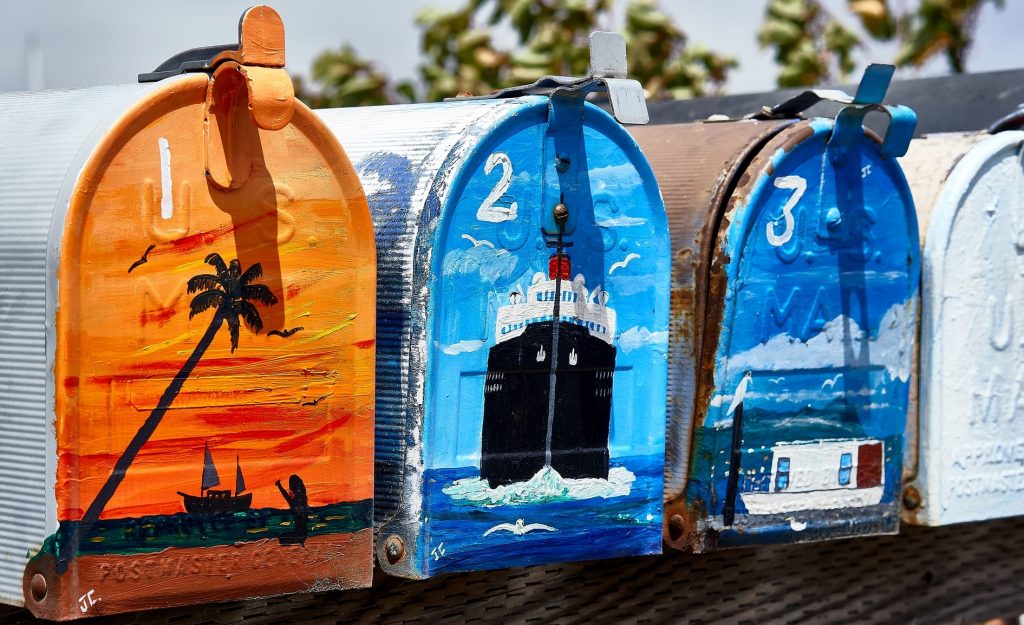 Covers, versions of an original Let's look at some ways to make a cover and also some good reasons to start making covers of all types of songs regularly.
Covers, versions of an original Let's look at some ways to make a cover and also some good reasons to start making covers of all types of songs regularly.
Versions vs. covers
The first thing we should do is make the difference between the cover concept and what we simply call musical version as clear as possible. To get to the point, we can say that a version It is any form or variant that a song can take once written and even recorded and published, or also during its composition process. A cover It is, rather, the different appearance or version that a piece of music can take after its composition, recording and public dissemination. This would be the clearest difference in this regard. In the article dedicated to covers and musical versions we delve a little deeper into what distinguishes and unites these practices. Whether you more or less agree with what you just read, at least this leaves a vision of the matter and we can now focus on what is important: making music, covers, versions or whatever you want to call it.
How do I cover a song?
Very good. I like a specific song, it interests me or it catches my attention for whatever reason. I learn to play or sing it in some way, I like how it sounds in my more or less free interpretation, I try some musical variation, I change something from the original, … and, at some point, I decide that it is worth putting together a cover of that particular piece and give it a personal touch, provide something different to what it already is. Let's look at some ideas to start making musical versions of well-known songs.
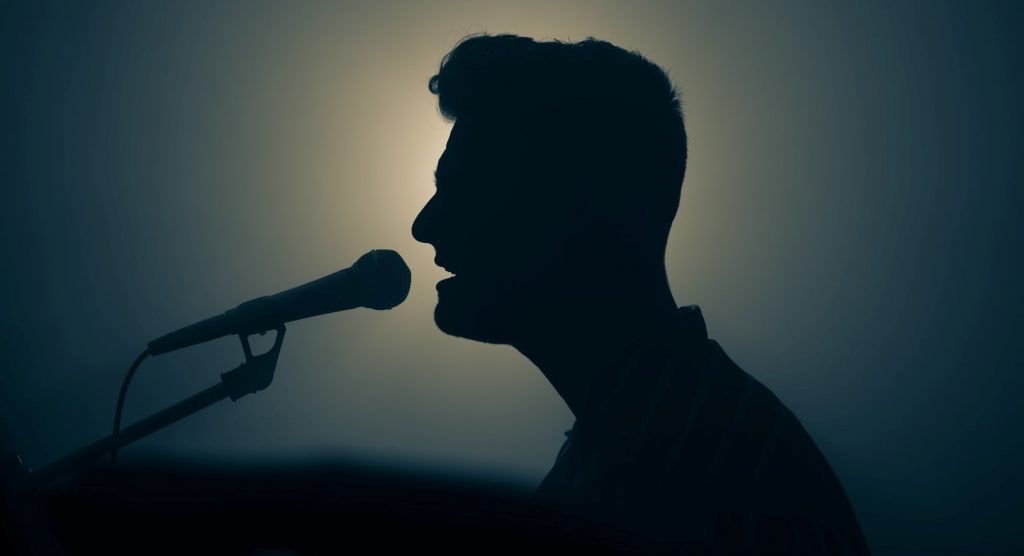 Singing is covering
Singing is covering
The voice
Perhaps the most direct and clear way to start a version is to sing it with our own voice, with our preferred turns and inflections, with our own emotion. This exercise alone, if we do not do it with the idea of faithfully imitating the original, will already show some differences, something genuine that did not appear in the reference recording. If we have well internalized the content of the piece we are singing and it has resonated within us in a particular way, even if we perform the song with the same arrangement and the same original instrumentation, we will probably already be performing a cover. The human voice is surely the most subtle and varied musical instrument. Our ear, furthermore, is especially sensitive to voices and their infinite nuances, from the whisper to the heartfelt scream, from the perfect pronunciation to the languid or sinuous intonations of which it is capable. Our singing voice, by itself, can transform any song into something different from what is known, from what we have already heard, and offer a new vision of a known topic.
The rhythm
Altering the rhythm with which the melody and arrangements put together the original song is another classic when it comes to making a cover. We are all incredibly sensitive to rhythm and its variations, it connects with something primitive and basic in our understanding of things in the world. The musical work that is developed following a certain rhythm forces, to a certain extent, the rest of the elements of the composition to take it into account, to the point of being the guide and reference of what is going to sound good or coherent and what no. What we know as musical genres, among other things, base their recognizable sound on the repeated use of one or a small group of rhythmic ideas. When we think about Rock, Bossa Nova or Reaggetón, for example, a certain rhythmic key automatically comes to our head. Therefore, choosing a specific song that will have become known with specific rhythmic characteristics gives us the opportunity to take it to another musical style, to another rhythmic logic that the rest of the elements that we add must respect to put together a different piece of music, but also clear and with its own meaning.
The instruments
Changing the original instruments and simply performing our musical version of a song with others will establish another avenue through which to make an interesting cover.
 Covers from musical instruments Because each musical instrument sounds in a way, has particular characteristics and can execute one type of articulations and interpretive details and not others. And this, precisely, is what is expected from a cover: something different and something recognizable. A guitar and a bass plus a voice will make up a completely different sound and interpretation of a song than a piano and a violin or a drum machine and synthesized winds. Different instruments, different sounds. And also different ideas and sensations. Just what, perhaps, is the key and value of a cover.
Covers from musical instruments Because each musical instrument sounds in a way, has particular characteristics and can execute one type of articulations and interpretive details and not others. And this, precisely, is what is expected from a cover: something different and something recognizable. A guitar and a bass plus a voice will make up a completely different sound and interpretation of a song than a piano and a violin or a drum machine and synthesized winds. Different instruments, different sounds. And also different ideas and sensations. Just what, perhaps, is the key and value of a cover.
The structure
Another option, perhaps more radical, is to alter the structure or sections that make up the original song. Dispensing with verses, for example, or adding completely new sections will inevitably lead to the final set becoming practically another different song. Exploring this possibility is venturing into the limits of what we understand as cover and approaching what could be considered co-writing of songs, as long as the original composer(s) agree, of course.
Other options
But the possibilities are many more. Manipulating the original recording and altering its mix or sound, as well-known remixes do, results in covers, whether we like it or not. Drastically changing the tempo or parts of the original instruments, for example, will result in a song that we can usually identify but which will be a different musical version. Actually, any element of the original song that is altered, as we said at the beginning, can give rise to a new cover, especially if with these alterations we try to offer something not only new, but also exciting, imaginative or interesting.
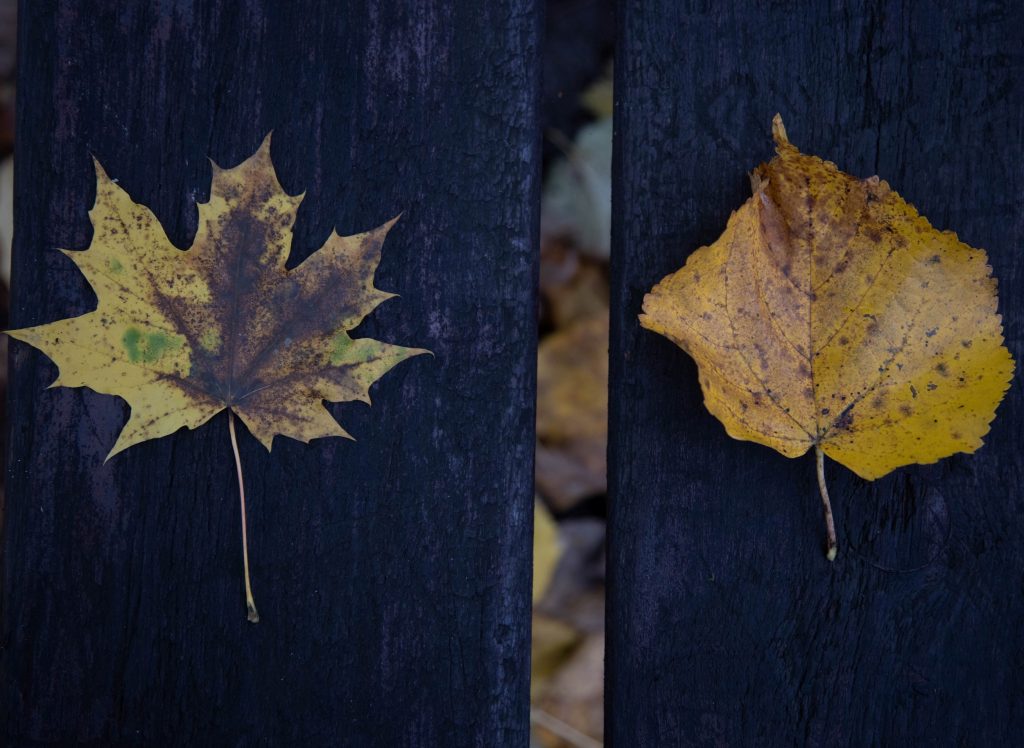 Covers similar or not so similar
Covers similar or not so similar
What is a cover for?
Very good. I already have my cover. That song more or less known in the voice of a vocalist, in the arrangements that were chosen for a recording and that played in a music video, on the radio, in streaming, etc… has now been transfigured and can sound in a different way. different way, I think interesting, attractive, surprising. And now, what do I do with it? Well, if you still haven't considered why exactly you were doing that cover, maybe now is the time. The mere fact of having thought about and recorded a cover has already served you well. As a musician or as a song writer you will have learned a handful of new things, both about the covered songs and about yourself as a creator. Internalizing a foreign song, analyzing its details, playing with it and daring to change something, to give it a new look or even to modify the apparent purpose with which it was composed will enrich you as an artist without a doubt and will stimulate your musical creativity. and verbal. But, also, if your intention is to make yourself known in the world of commercial music and you do not have your own material, for example, doing covers is an interesting way to show your skills or talent, whether you are an instrumentalist, singer or musician of any kind. . And perhaps most importantly. Making covers is fun, it is personally rewarding, it is a moment of expression and communion with the feelings and circumstances of another person or people, people we have not even gotten to know.
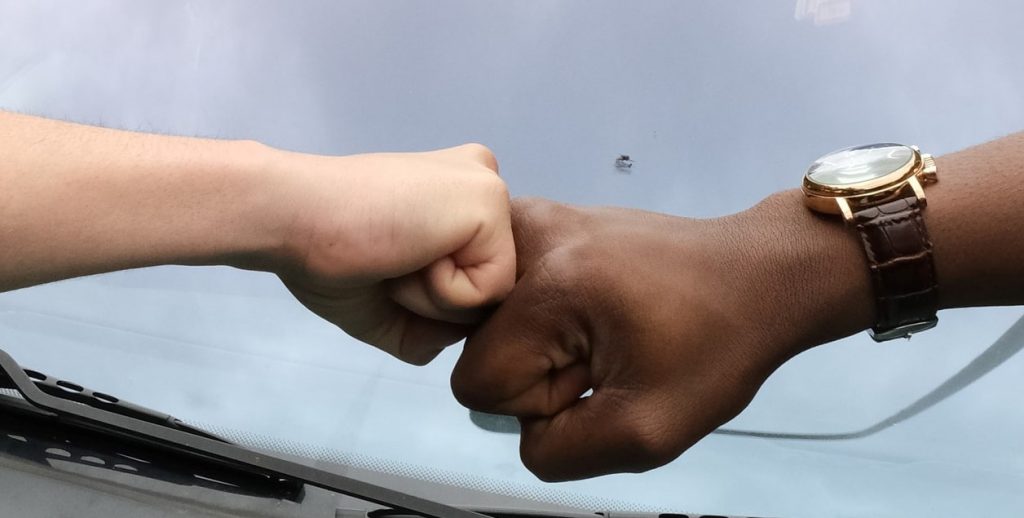 Meeting points in the difference
Meeting points in the difference
Conclusions
In short: make covers. Regardless of the reason, the strategy or the plan. Do them. In fact, if you like music and sing or play songs you have probably already been trying things in that direction. When you sing a song with your own voice, with your personal inflections, with some of your characteristic phrasing applied to this or that famous song, you are already generating a kind of version without realizing it. If you only play the chords of that song with the piano or guitar that you can't get out of your head, if you reduce an arrangement with drums, bass, synthesizers, etc. to just one instrument… then you are already hearing a potential cover of that song. issue. Many times, in addition, making covers is the prelude or preparation to composing your own songs. Don't give it any more thought. Appropriate other people's songs, make them yours and, if that is your desire, show them to the world. Songs were created to be sung, in any form or place, to make our lives less absurd, less monotonous, better. Let's make it so. #mailpoet_form_3 .mailpoet_form { } #mailpoet_form_3 .mailpoet_column_with_background { padding: 10px; } #mailpoet_form_3 .mailpoet_form_column:not(:first-child) { margin-left: 20px; } #mailpoet_form_3 .mailpoet_paragraph { line-height: 20px; margin-bottom: 20px; } #mailpoet_form_3 .mailpoet_segment_label, #mailpoet_form_3 .mailpoet_text_label, #mailpoet_form_3 .mailpoet_textarea_label, #mailpoet_form_3 .mailpoet_select_label, #mailpoet_form_3 .mailpoet_radio_label, #mailpoet_form_3 .mailpoet_checkbox_label, 3 .mailpoet_list_label, #mailpoet_form_3 .mailpoet_date_label { display: block; font-weight: normal; } #mailpoet_form_3 .mailpoet_text, #mailpoet_form_3 .mailpoet_textarea, #mailpoet_form_3 .mailpoet_select, #mailpoet_form_3 .mailpoet_date_month, #mailpoet_form_3 .mailpoet_date_day, #mailpoet_form_3 .mailpoet_date_year, #mailpoet_form_3 .mailpoet_date { display :block; } #mailpoet_form_3 .mailpoet_text, #mailpoet_form_3 .mailpoet_textarea { width: 200px; } #mailpoet_form_3 .mailpoet_checkbox { } #mailpoet_form_3 .mailpoet_submit { } #mailpoet_form_3 .mailpoet_divider { } #mailpoet_form_3 .mailpoet_message { } #mailpoet_form_3 .mailpoet_form_loading { width: 30px; text-align: center; line-height: normal; } #mailpoet_form_3 .mailpoet_form_loading > span { width: 5px; height: 5px; background-color: #5b5b5b; }#mailpoet_form_3{border: 1px solid #fcb900;border-radius: 40px;text-align: center;}#mailpoet_form_3 form.mailpoet_form {padding: 20px;}#mailpoet_form_3{width: 70%;}#mailpoet_form_3 .mailpoet_message {margin : 0; padding: 0 20px;}#mailpoet_form_3 .mailpoet_paragraph.last {margin-bottom: 0} @media (max-width: 500px) {#mailpoet_form_3 {background-image: none;}} @media (min-width: 500px) { #mailpoet_form_3 .last .mailpoet_paragraph:last-child {margin-bottom: 0}} @media (max-width: 500px) {#mailpoet_form_3 .mailpoet_form_column:last-child .mailpoet_paragraph:last-child {margin-bottom: 0}} Please leave this field emptyDo you write songs or would you like to?
I have read and accept the Privacy Policy With the Guide «The journey of a song» as a gift Check your inbox or spam folder to confirm your subscription.

